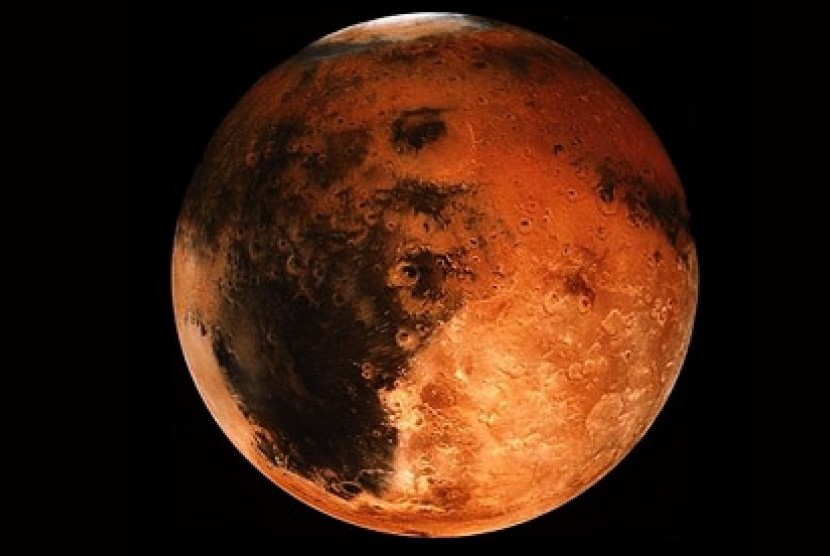There is some missing data and the appearance of methane on Mars that baffles scientists.
REPUBLIKA.CO.ID, JAKARTA — In recent years, explorers Curiosity The American Space Agency (NASA) has picked up tiny traces of methane many times on Mars. Although these emissions may come from some geological process, it is possible that methane could indicate the presence of some form of life on Mars.
Methane is an organic molecule that hangs in the Earth’s atmosphere. On Earth, most of the methane is produced by living organisms. Detected methane in Mars has been a strange mystery to planetary scientists.
Reported from Science Alert, Thursday (1/7) scientists are excited about the methane finding, but the data is confusing. Higher in the atmosphere, orbiting technology from the European Space Agency (ESA) did not detect any concentration of methane.
That’s odd, because even though the methane plume would have melted into the Martian atmosphere, the instruments were sensitive enough to still detect the hint.
“When the European team announced they had detected no methane, I was completely shocked,” said planetary scientist Chris Webster of NASA’s Jet Propulsion Laboratory.
Webster and his colleagues returned to look at the data again, ruling out any minor factors that might have contributed to the explorer’s detection of methane.
“I can’t overstate the effort the team put into looking at every little detail to make sure the measurements were correct, and they were,” he said.
As it turns out, the methane plumes measured by Curiosity are no coincidence. Instead, the difference in measurements boils down to the Sun. The team found that methane on the Martian surface can ebb and flow over time. Curiosity’s power-intensive instrument detects that methane operates mostly at night.
This is when the Martian atmosphere is calmer, meaning methane doesn’t rise and melt into the atmosphere as it does during the day. As a result, the researchers think the gas sticks close to the planet’s surface at night, and during the day the methane is diluted so that ESA’s orbital instruments (which require sunlight to work) cannot detect it from afar.
To confirm their prediction, the research team collected high-precision measurements of Martian methane over two days. The first time Curiosity did it was during the day and they also took measurements at night. As expected, the methane seeps near the planet’s surface at night and dissolves into the atmosphere during the day.
“John (E. Moores, another member of the Curiosity science team) predicted methane would effectively drop to zero during the day, and our two daytime measurements confirm that,” said planetary scientist Paul Mahaffy of NASA’s Goddard Space Flight Center.
“So that’s one way to resolve this big difference,” he said again.
It’s still unclear why methane doesn’t appear to have accumulated in the Martian atmosphere over time. According to the researchers, it must last at least 300 years before being degraded in the radiation flowing from the Sun.
Since Gale Crater is unlikely to be the planet’s sole source of micro-seepage of methane (since Gale Crater isn’t that special from a geological perspective), they thought something must have destroyed or absorbed all of that methane before it could collect in the atmosphere.
– .


